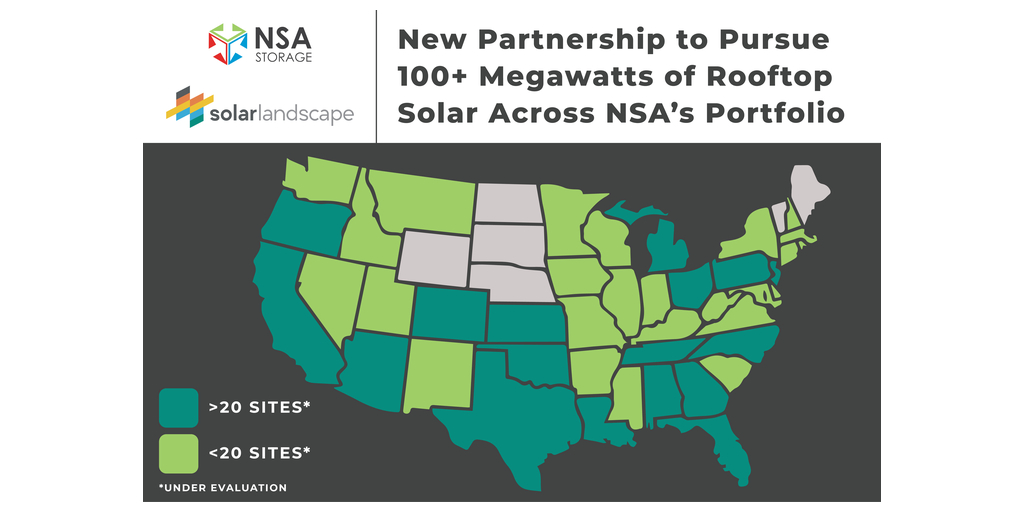Inflation is back! Or so the commentariat would have you believe. The Consumer Price Index (CPI) grew 0.6 percent in August, significantly higher than the previous six monthly increases. Consumer prices have grown 3.7 percent over the last twelve months. If prices were to grow as fast as they did in August for the next twelve months, the annual inflation rate would be 7.2 percent. That looks like a big deal.
Look a little closer, however, and you will see that we’re not in bad shape. Inflation is still trending broadly in the right direction. The Federal Reserve shouldn’t consider another rate hike, at least not yet.
The inflation uptick for August was disproportionately driven by energy prices. Those rose 5.6 percent in August alone—a major swing! Gasoline in particular is up 10.6 percent monthly. But let’s remember that energy prices are notoriously volatile. They frequently surge in summer months. And even apart from seasonal considerations, there’s a lot going on geopolitically that explains pricier energy. We shouldn’t overemphasize this single component of the CPI.
To get a better sense of how other prices are rising, consider the core CPI, which excludes food and energy prices. Core CPI rose only 0.3 percent in August. The prior two months before that were 0.2 percent each. Hence the 3 month average is 0.23 percent. If that were sustained for the nest twelve months, the inflation rate would be just 2.8 percent. If, instead, we were to sustain the August rate for the next twelve months, we’d be looking at 3.6 percent inflation. This isn’t as low as we’d like, but it still reflects broad disinflationary trends.
More importantly, it doesn’t mean the Fed should consider raising its interest rate target. The current fed funds target range is 5.25 to 5.50 percent. Adjusting for inflation using the 2.8 percent and 3.6 percent inflation figures, the real fed funds rate is somewhere between 1.65 and 2.7 percent. Most economists estimate the inflation-adjusted rate consistent with economic fundamentals (sustainable maximum resource use) is between 0.57 and 1.14 percent. To put it plainly, monetary policy is already tight enough. The Fed’s job now is to stay the course.
Of course, there will be an interminable stream of articles over the next few days fretting about how the Fed will interpret this data. Part of the problem is the Fed is making things up as it goes. We don’t know what the Fed will do, because the Fed itself doesn’t know what it will do. That’s the problem with period-by-period discretion in monetary policy: It’s inherently ad hoc. We could give ourselves some reassurance about policy stability and continuity if the Fed made its actions more predictable. Might I suggest a monetary policy rule?
Courtesy of AIER.org under https://creativecommons.org/licenses/by/4.0/ Article originally published here.
**********



